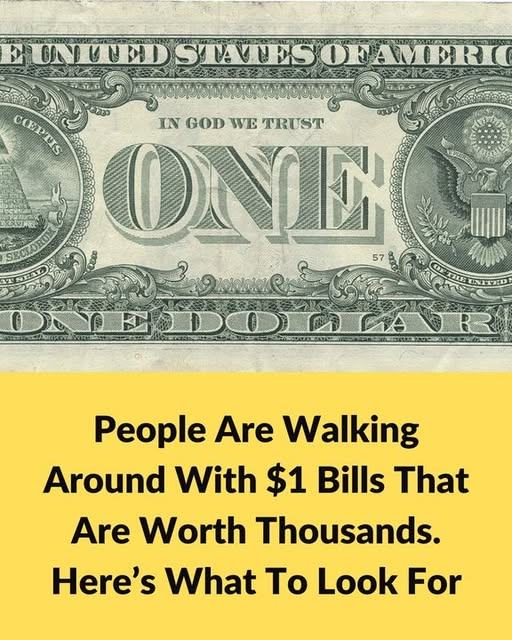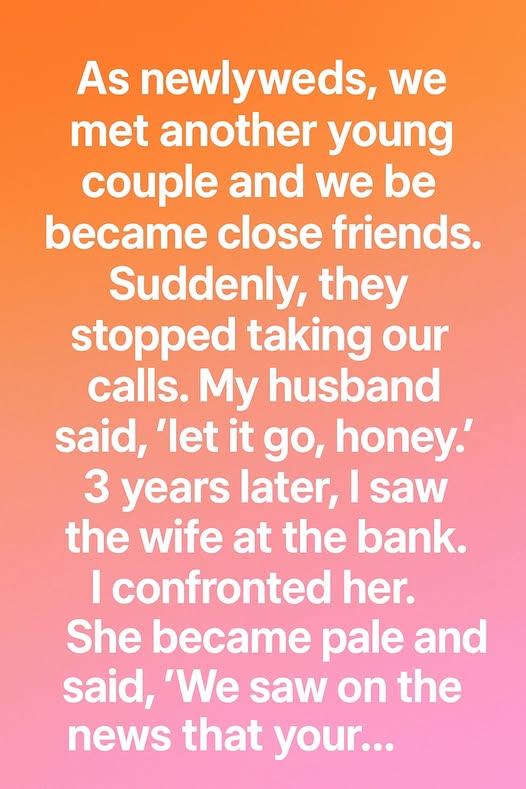Most people think of the humble one-dollar bill as the least remarkable piece of cash in their wallet. It buys a pack of gum, disappears in tips, and rarely sparks excitement. But for collectors, certain $1 bills aren’t just worth their face value—they can sell for hundreds or even thousands of dollars depending on their serial numbers. The story here isn’t about the age of the bill or even a printing error, but the strange beauty hidden in eight little digits.
Every U.S. dollar has a unique serial number, but not all combinations are created equal. Some fall into patterns so rare that collectors treat them like miniature works of art. The Bureau of Engraving and Printing doesn’t go out of its way to protect these quirky patterns, but sheer probability makes them scarce enough to command a premium on the secondary market. Websites like coolserialnumbers.com exist solely to help people figure out if their crumpled bill is secretly worth a small fortune.
So what patterns are collectors chasing? The most famous is the ladder—digits in perfect ascending order, like 01234567. With only one chance in ten million to appear, ladders are among the crown jewels of bill collecting. Then there are radars, where the first four numbers mirror the last four, like 23344332. Push that further and you get a super radar, with six identical digits flanked by bookend numbers—23333332, for example. Repetition makes money, literally: repeaters show pairs of numbers that duplicate across the sequence, like 01570157, while super repeaters dial the symmetry up even higher, such as 01010101.
Collectors also drool over seven in a row bills—seven identical digits marching across the face, like 11111115—or seven of a kind, where seven identical digits are scattered through the sequence. A double quad has the first four digits the same and the last four another match, like 00003333. Even stranger are binary notes, which contain only two digits repeated in varying orders, such as 11313111. And for the obsessive, hybrid patterns like a radar repeater—a mirrored number that also repeats—are highly desirable.
To most of us, this sounds like lottery-level luck, and that’s exactly the point. The rarity is what fuels the market. A crisp ladder or super radar can easily sell for $1,000 or more at auction, even though it still technically buys only a soda at the corner store. Condition matters too: uncirculated bills in pristine shape fetch the highest prices, while folded or worn examples still carry a premium but less so.
What’s fascinating is how this kind of collecting transforms something ordinary into treasure. Unlike rare coins, which often rely on minting errors or precious metal content, rare bills are valuable because of human psychology. Our brains crave order, symmetry, and patterns in the chaos. Spotting a ladder or repeater feels like catching a glitch in the matrix, a little piece of improbability that somehow landed in your pocket.
Collectors often trade stories about their finds, like someone pulling a radar note from an ATM or spotting a repeater while sorting through change at the grocery store. The thrill lies not just in the potential payout but in the hunt itself. It makes every glance at a serial number a tiny gamble, every trip to the bank a potential treasure hunt.
For casual holders, it’s worth checking your wallet before spending. That ratty bill you’re about to hand over at the coffee shop could be worth far more to someone who sees the art in its digits. Even if you never strike gold, the act of looking makes you part of a centuries-old tradition: turning the mundane into something extraordinary through attention and curiosity.
So next time you pay cash, pause before you slide that dollar across the counter. Line up the digits. Do they climb like stairs, mirror like glass, or hum with repetition? If so, you might be holding more than just money—you might be holding a collector’s dream hiding in plain sight.

